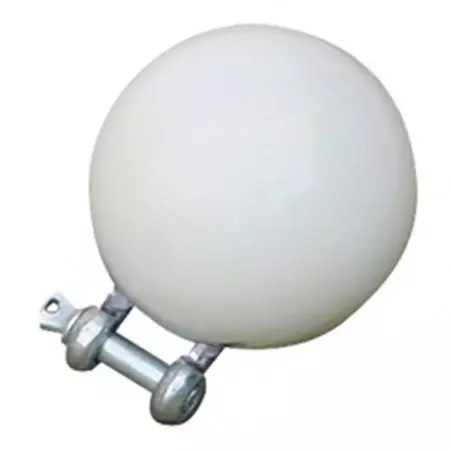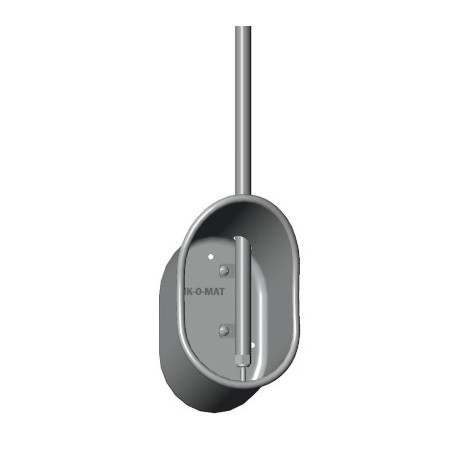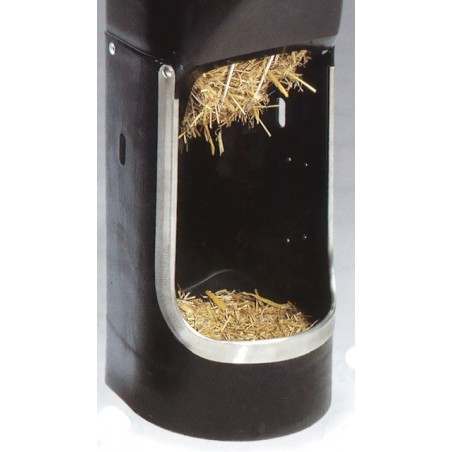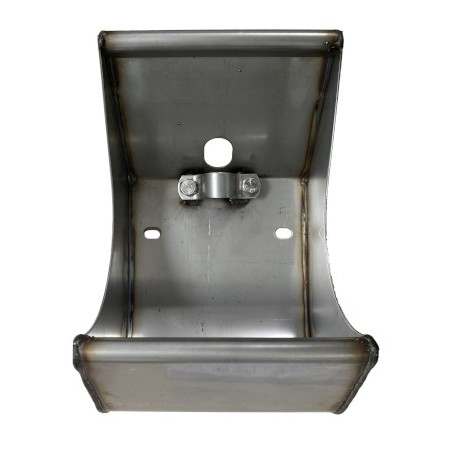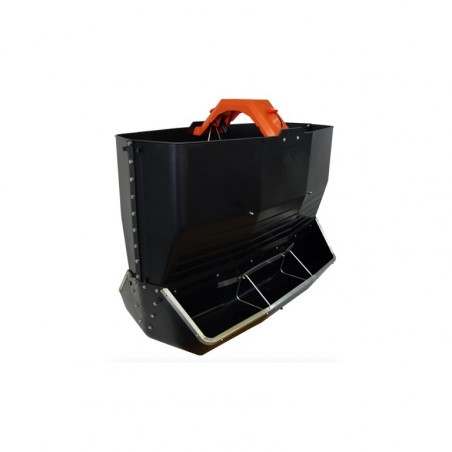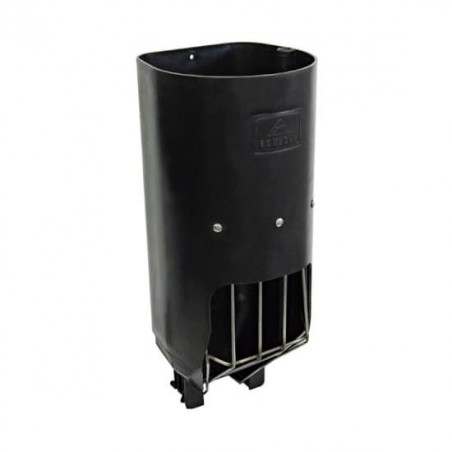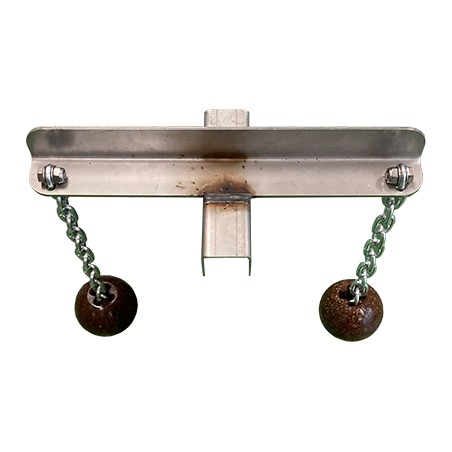Tail biting in pigs is an animal welfare problem, and tail biting should be prevented from developing into tail damage. One strategy could be to predict events of tail biting so that the farmer can make timely interventions in specific pens. If the farmer could get an alarm when a pen of pigs is at high risk of developing tail damage, the farmer would be able to take timely action to prevent tail damage in specific pens. In the current investigation, a method for prediction of tail biting events was developed and tested in a real-life setting. The method used changes in pigs’ drinking behaviour and in the temperature of the pen. A sensor data on water usage (water flow and activation frequency) and pen temperature (above solid and slatted floor) were included in the development of a prediction algorithm for tail biting. Steps in the development included modelling of data sources with dynamic linear models, optimisation and training of artificial neural networks and combining predictions of the single data sources with a Bayesian ensemble strategy. Lastly, the Bayesian ensemble combination was tested on a separate batch of finisher pigs in a real-life setting. The final prediction algorithm had an AUC > 0.80, and thus it does seem possible to predict events of tail biting from already available sensor data. The method was able to alarm the farmer about 12 of the 14 tail biting events prior to serious tail damage. However, the farmer did also get false alarms on 30% of the days without tail biting events, which is not optimal. Thus, the farmer could use the alarms as indications of which pens to pay greater attention to. The next step could be to expand the method to include behavioural changes that are more specific to tail biting such as changes in the pigs’ tail posture.

Mona Lilian Vestbjerg Larsen, Lene Juul Pedersen and Dan Børge Jensen. Prediction of Tail Biting Events in Finisher Pigs from Automatically Recorded Sensor Data. Animals 2019, 9(7), 458; https://doi.org/10.3390/ani9070458





